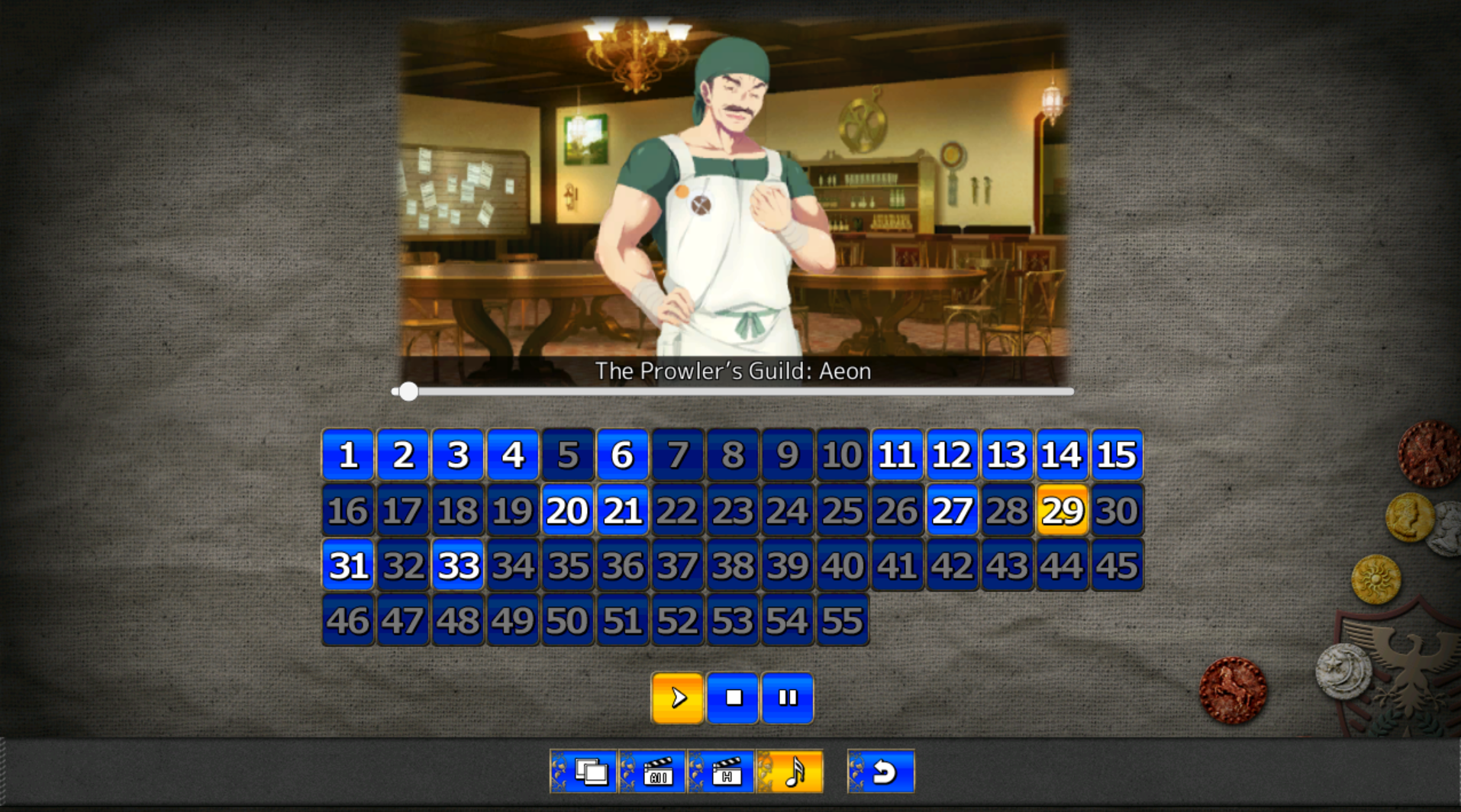Audio Tests in Games are underrated
Heya!
I’m back again from my new computer! It was surprisingly difficult to set everything up the way I wanted, so I chipped at it little by little. I also switched operating system to CachyOS and my desktop environment to KDE, so there was also a learning curve to it.
While moving things around, I think I may have did something to my audio setup, and I needed a continuous, stable source of audio as I fine-tune configurations around. Videos aren’t going to cut it, nor music because of oscillating audio rates, fade-ins, etc.
Suddenly, I remembered that some of my favorite games have audio tests, and surprisingly they serve their purpose quite well!
It made me think… why do games even have these audio test menus in the first place?
They feel like such a niche thing to keep around, and yet they’ve been part of gaming history for decades.
Originally, they weren’t meant for players at all.
Back in the 8-bit and 16-bit days, “Sound Tests” were developer tools.
Programmers used them to make sure every sound effect and song played correctly on the actual hardware.
Games were burned onto cartridges, and debugging audio wasn’t as simple as opening a waveform editor : you needed an in-game way to trigger each track and confirm the sound chip behaved.
So these menus existed to test every beep, crash, and explosion one by one.
Sometimes developers just left them in, accessible by a cheat code or tucked away in the options menu.
Sonic the Hedgehog is probably the most famous example : its Sound Test doubled as a hidden debug tool, but it also let curious players play every piece of music from Green Hill Zone to the boss theme.
Mega Man, Gradius, and plenty of other games followed the same pattern.
Then, somewhere in the 90s, something changed.
People started to love game music for its own sake, not just as background noise but as part of the experience.
And suddenly, those sound test menus became a form of fan service.
Developers polished them up and left them in intentionally, as a kind of audio museum you could explore after finishing the game.
Today, these features quietly live on in different forms.
Sometimes as calibration tools in rhythm games or shooters, a way to fine-tune sync, channel balance, or spatial audio.
Other times, as an extra that is added as fan service.
After spending a few evenings hopping between these sound rooms, I realized how rare it has become for games to offer something so calm and self-contained.
No timers, no objectives. Just a space to listen, to appreciate, and in my case, to test a sound setup.
What started as a debugging utility became one of the most peaceful features in gaming,
A reminder that sometimes the best way to experience a game’s soul is simply to listen.



